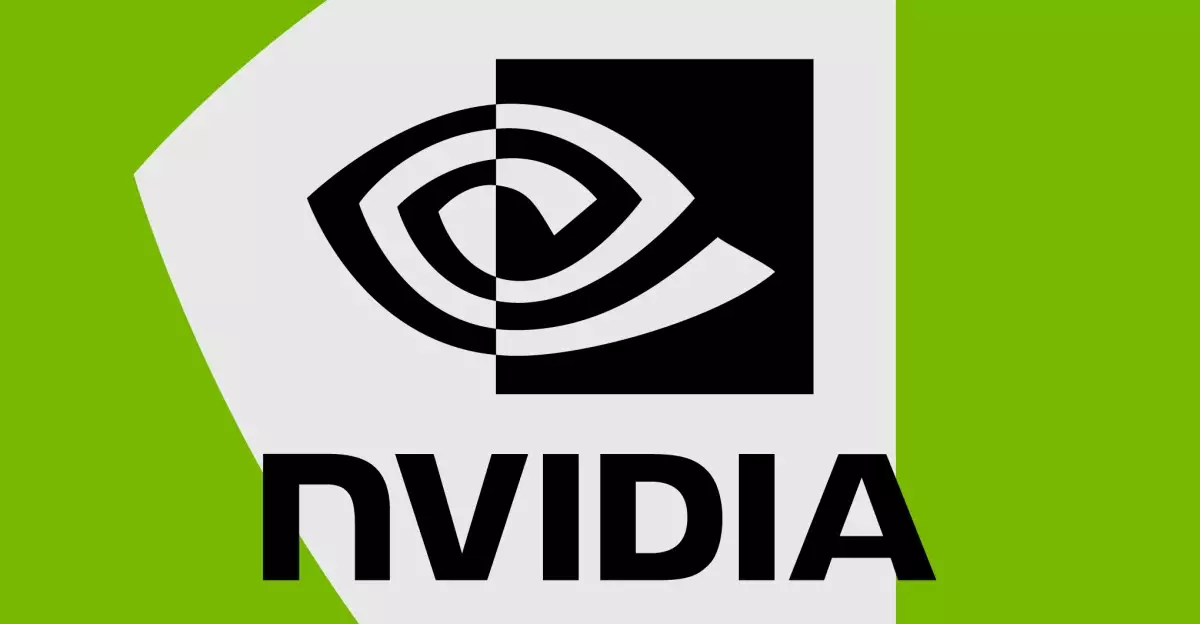For many Nvidia GPU owners, the past few months have been a turbulent ride. Once celebrated for their unparalleled performance and reliability, Nvidia’s recent series of driver updates have spiraled into a cacophony of complications and discontent. The misadventures began with the rollout of drivers specifically designed for the RTX 50-series graphics cards, coinciding with a host of issues that have become distressingly familiar to users. Problems such as black screens, unexpected game crashes, and general instability have turned what should have been an upgrade into a frustrating experience for many consumers.
As technology enthusiasts know, driver updates are crucial for optimizing performance, providing support for new hardware, and fixing pesky bugs. But in Nvidia’s case, these updates have been likened to a quick-fix band-aid rather than a genuine solution. It’s unfathomable that in this day and age, such a prominent company is grappling with a multitude of issues stemming from their software, leaving their loyal user base feeling stranded and bewildered.
A Vicious Cycle of Hotfixes
Nvidia has attempted to remedy the situation through a barrage of hotfix updates; however, this reactive approach raises several questions about the efficiency of their development team. Following the release of driver version 576.02, which was hailed as a comprehensive fix for previous problems, many users found themselves in a worse predicament. Reports flooded in about GPU monitoring utilities malfunctioning, leading to confusion over temperatures and performance metrics. In an effort to remedy this, Nvidia hastily released the 576.15 hotfix, which promised to address some of those symptoms and other lingering issues, such as flickering during gameplay and idle clock speed irregularities.
Yet, amid these cosmetic updates, the fundamental problem persists: the driver landscape is still littered with unresolved issues. Nvidia’s own support forums have become a testament to the frustrations faced by users, with many resorting to rolling back to the much-maligned December driver version 566.36, a retrograde step that illustrates the problematic nature of current offerings. Users who own the new RTX 50-series cards are particularly disadvantaged, as they cannot revert to earlier drivers, locking them into a cycle of trouble with no reasonable workaround in sight.
Community Frustration and Brand Impact
The groundswell of discontent within the Nvidia community cannot be overstated. Online platforms such as Reddit and specialized gaming forums have become hotbeds for users voicing their frustrations, sharing experiences, and seeking pathways to regain stability in their systems. This communal venting underscores not only the technical deficiencies of Nvidia’s current offerings but also reflects a deep sense of betrayal from a brand previously held in high esteem.
Nvidia’s aggressive pursuit of new technology, particularly in launching the RTX 50-series, seems to have overshadowed fundamental quality guarantees. While innovation is crucial in the tech industry, taking shortcuts that ultimately detract from user experience sends a troubling message to consumers who expect—and deserve—a functional product. Additionally, the recent problems tied to power supply cables reportedly melting and missing render units in some graphics cards only amplify the sentiment that Nvidia is not upholding its end of the bargain.
A Call for Accountability
It has become increasingly apparent that Nvidia needs to re-evaluate its approach to driver releases and product launches. Users deserve a company that rigorously tests its software updates and ensures they enhance user experience rather than complicate it. If Nvidia wishes to maintain its reputation as a pillar of gaming performance, it must be willing to confront these challenges with transparency and accountability.
Many in the gaming community are left pondering whether Nvidia is sprinting too fast toward innovation without adequately grounding themselves in reliability. The recent onslaught of drivers that do more harm than good is a wake-up call—not just for Nvidia, but for any tech company caught in a similarly precarious position. In an arena where consumer trust is vital, balancing progress with stability is essential for long-term success.
The legacy of Nvidia’s drivers, once a hallmark of excellence, is now in jeopardy, demanding a reassessment if they hope to reclaim the loyalty of their user base and navigate the ever-changing landscape of technology effectively.

